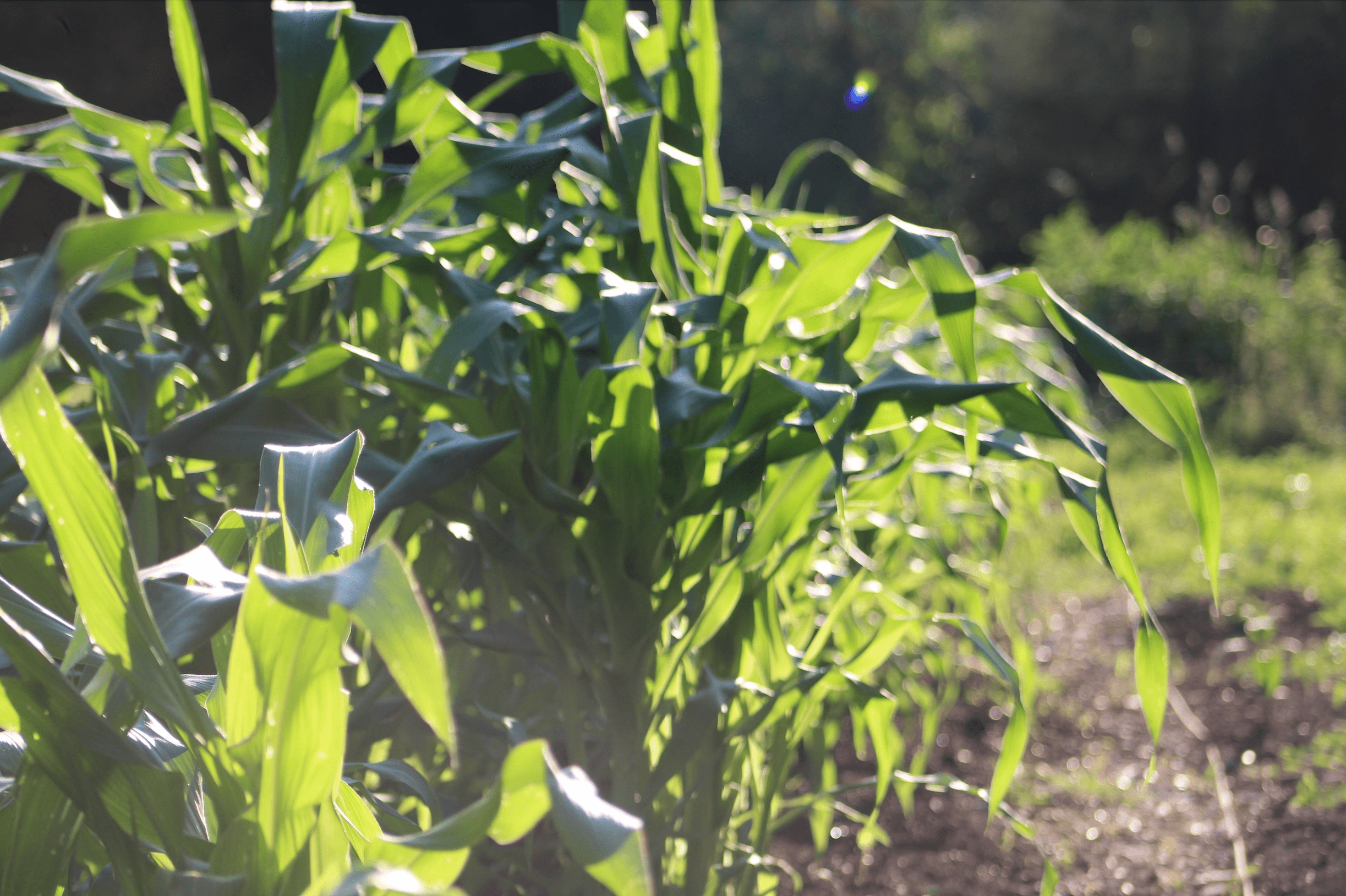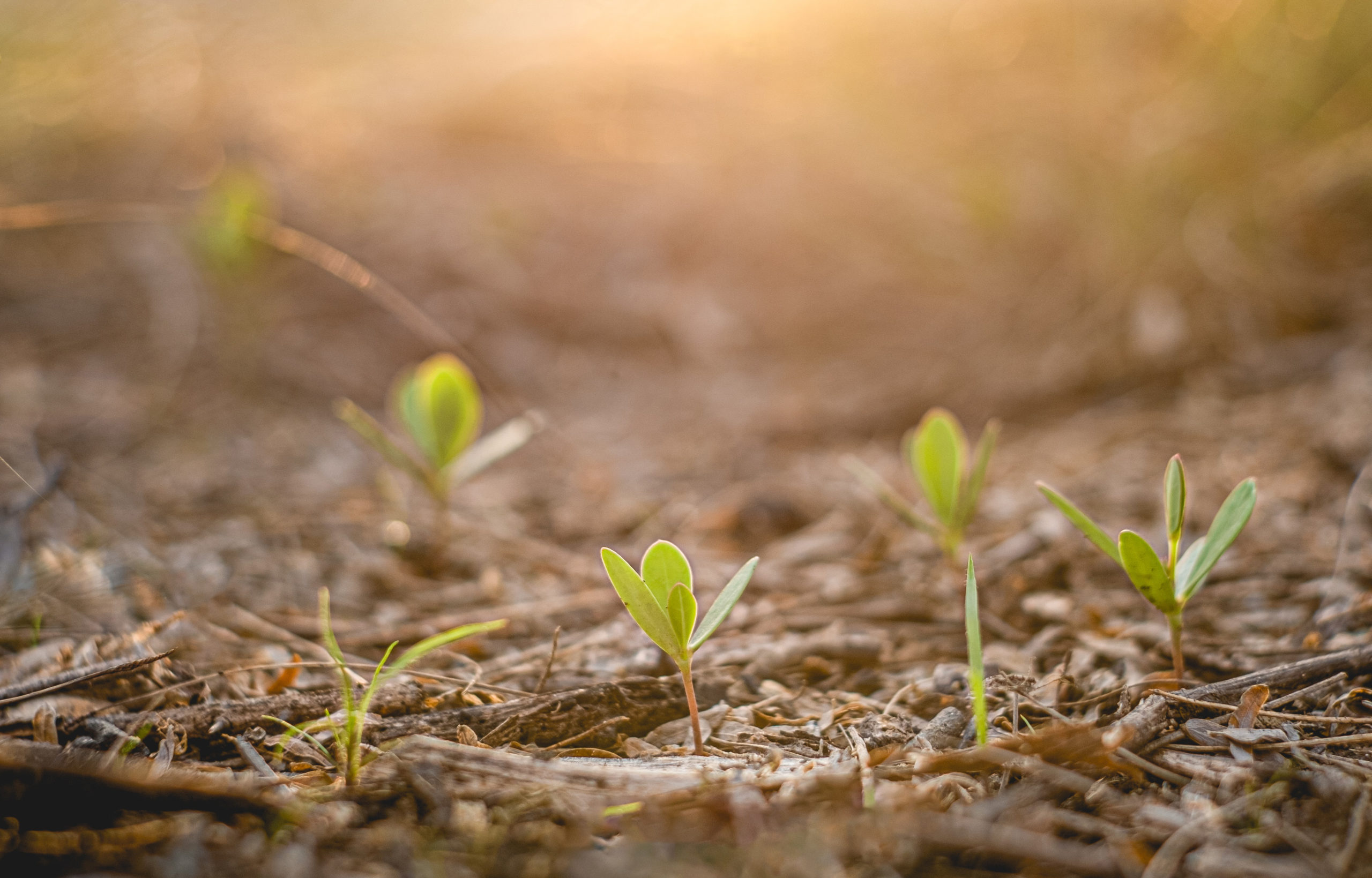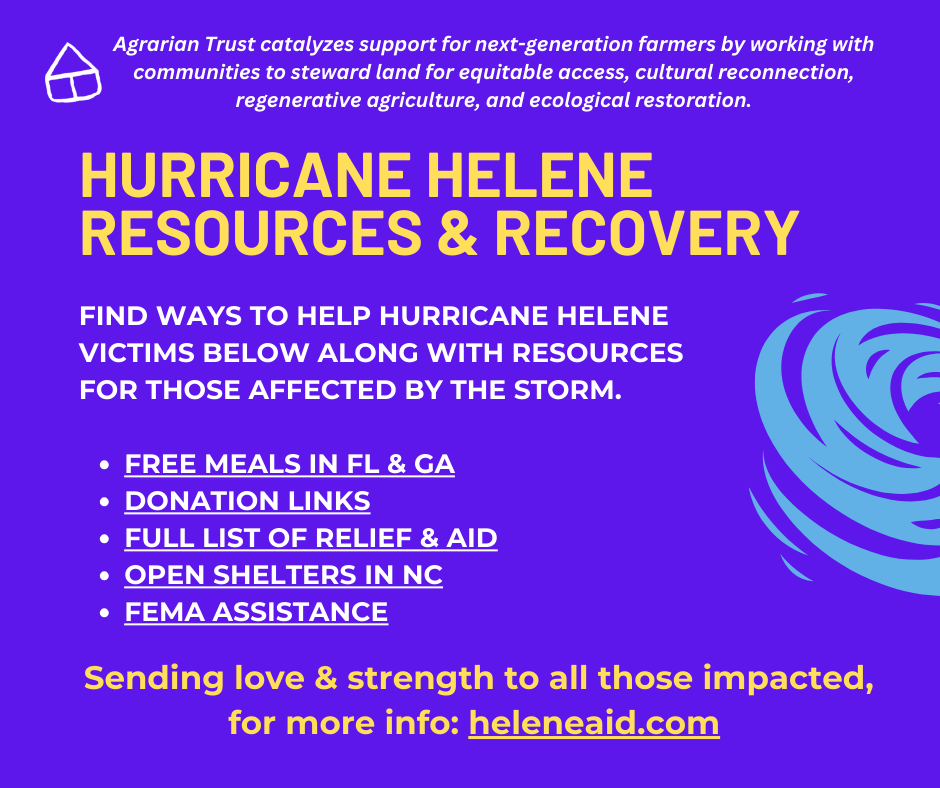Our first Symposium was a great culmination and jumping off point. The following is from Raj Patel.
Thoughts on Land Reform Summits in San Francisco
In San Francisco, from April 25-28, 400 people from across the country and around the world gathered to discuss an awkward problem – land reform in America. Land reform is a loaded term, one that reeled conference participants’ imaginations toward the antics of Third World dictators and communist zealots. It’s hard to conceive a more un-American activity than thinking about an alternative to private property. Yet here were the Friends of the Earth next to the NAACP west coast region, alongside the Archdiocese of Kansas doing exactly that.
That was in 1973.
Forty-one years later to the day, a similar group is gathering in San Francisco, to discuss Our Land. I wish I were able to be there, but here’s a little of what I’d have liked to have said.
If the efforts of the conference planners are successful, then the majority of 2014 conference attendees won’t have been born when the last one happened. It’s a good thing that there’s a great deal of youthful energy around messing with private property. The young are less enamoured of capitalism than the old, and less horrified by socialism. It might even be that the participants at the Our Land summit identify as more politically radical than the summit before them. After all, the Archdiocese of Kansas isn’t famed for its scorn of capital.
But the 1973 summit has much to teach the young contrarian. Have a look at the documents produced through the conference. They’ve been tended by Peter Barnes formerly of The New Republic and are available here and in the excellent The People’s Land. Reading them, the historical continuities are striking.
When I read the 1973 complaint that
“Even the simple enjoyment of the woods and fields is being shut off. People who used to hunt and fish are now faced with barbed wire and ‘No Trespassing’ signs.”
I hear the 1651 cry of the Diggers, the True Levellers, who insisted on rights to the commons, and to practice commoning, asserting
That England is not a Free People, till the Poor that have no Land, have a free allowance to dig and labour the Commons, and so live as Comfortably as the Landlords that live in their Inclosures.
The importance of the commons, and the arts of commoning, belong very firmly at the heart of today’s conference. There are, of course, reasons why we don’t talk about commoning anymore. Most of those reasons find their expressions in capitalism. The participants of the 1973 conference well understood that capitalism wasn’t working for them. They pointed to the synchrony between government’s priorities and those of business. The Farm Security Administration, once ‘the conscience of the New Deal’ had more recently found itself whelped by the 1%. A factoid from 1973: the FSA, sometime guardian of the poor, had recently loaned $85.5 million to improve or maintain 548 private golf courses. In 2014 dollars, that’s just shy of half a billion. The report of one of the panels at the conference was titled “How Rich People Farm the Treasury”.
Big business was named and shamed: the conference castigated the power of Big Paper to control 100 million acres in the South, or to evade taxes elsewhere. My favourite pull quote from the report of the conference: “West Virginia collected less in property taxes from the coal industry than from the sale of liquor. And moonshiners don’t pay taxes.”
Yet the message of the 1973 conference was more than ‘We Are the 99 Percent’. I don’t doubt that there will be a certain amount of fulminating against the pension funds and financiers who grab land in the US and beyond. But their behavior oughtn’t to be the vehicle to construct ‘us’. It’d be hard to have the discussion of Our Land without observing that some of us have had our homelands colonized, that some of us are descended from the colonizers. There’d need to be a little more understanding of class and history, of justice and memory, before we become a ‘we’.
At the last land summit, this difficult conversation around race and class was had, and had well. Southern black dispossession was explained and understood as a product of class and race. Robert Browne, director of the Black Economic Research Center observed that “The land lost by blacks in the South has not gone to poor whites.” And, since the land had “Primarily … gone to wealthy whites and large corporations…[, Browne] … proposed a Southern land bank to buy bank land in the South and redistribute it to low-income people.” See? That didn’t hurt. But it needed to happen.
In 1973, ‘land reform’ was just as toxic a term as today, not least because of the representation of international attempts at it. So other countries’ experiences needed to be re-remembered. Ag economist Peter Dorner from the University of Wisconsin argued “Evidence on post-reform experience in Mexico, Bolivia, Japan, Taiwan, Egypt, Yugoslavia, and elsewhere demonstrates that average productivity per unit of land increased rather substantially after the reforms – reforms which in all cases involved a reduction in size of farm unites. In Taiwan from 1940 to 1965 cultivated land per farm was reduced by almost one-half while output per hectare more than doubled.”
It’s hard to imagine many agricultural economist taking this quite as seriously today. At Food First, helmed by my friend Eric Holt Gimenez, this work continues. See, for instance, Promised Land, or the work on the Zimbabwean land reform here and here.
The summit in 1973 ended with a rich declaration, embracing the needs of First Nations, communities of people of colour and the need for anti-trust enforcement, to break up the power of large corporations. All of this would be good to see emerge from Our Land – as would a remedy to an important omission in the analysis from 1973 – that of gender.
But if you read The People’s Land, you’ll see that it ends with the testimony of Manuel Leon (edited from his testimony at the Senate Subcommitee on Migratory Labor). That reflects a commitment that I read throughout the first San Francisco Land Reform conference, to take seriously the idea that everyone – aspiring farmers, the urban poor, farmworkers, first nations – needed to be at the table for a conversation that took race, class and history seriously. Above all, I hope Our Land can do the same.




